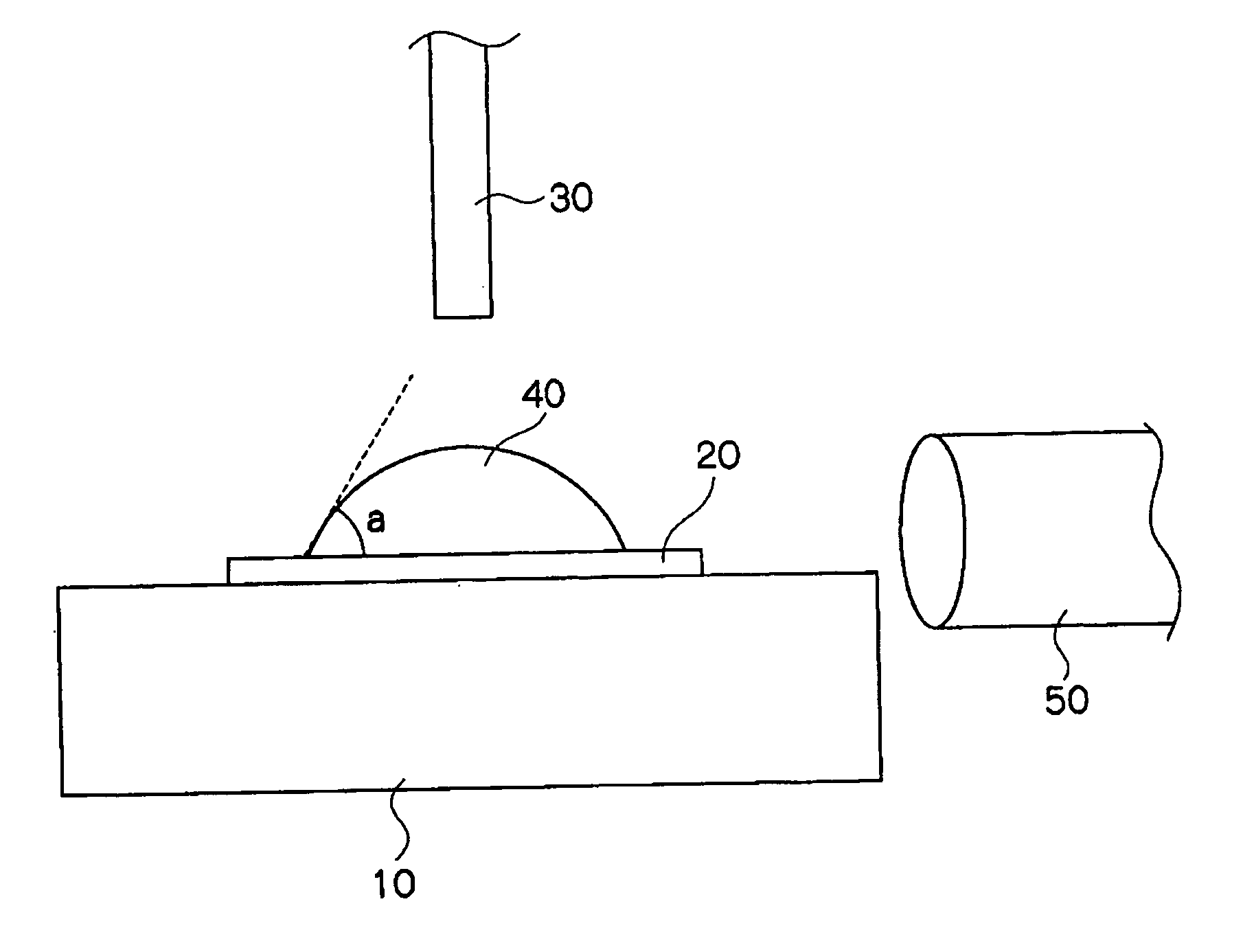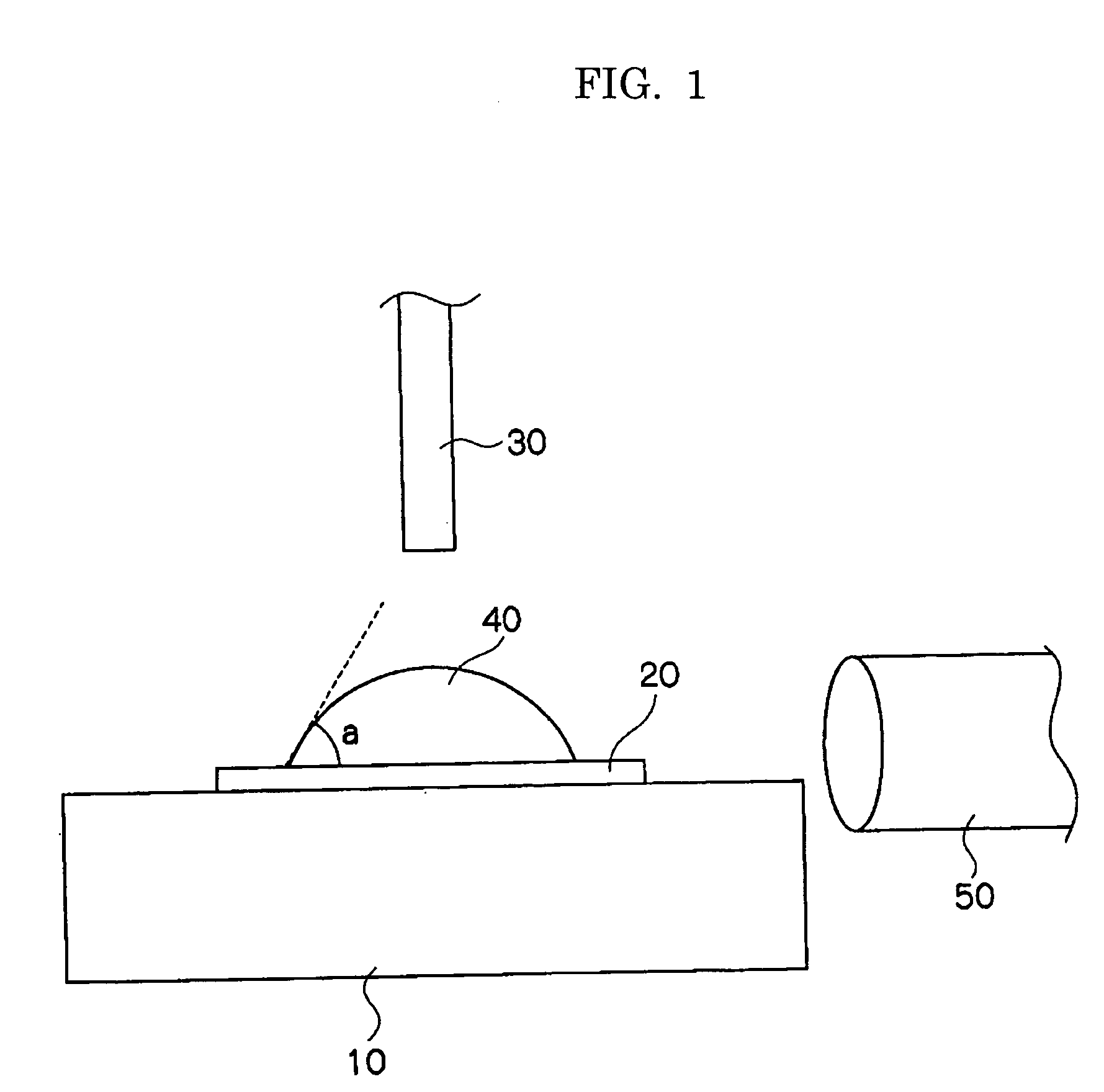Recording paper and method for recording images using the same
a technology of recording paper and image, which is applied in the field of recording paper and a method for recording images, can solve the problems of reducing printing productivity, affecting the printing quality of images, so as to reduce the curl and cockle, reduce the dimensional change, and reduce the effect of elongation and shrinkag
- Summary
- Abstract
- Description
- Claims
- Application Information
AI Technical Summary
Benefits of technology
Problems solved by technology
Method used
Image
Examples
examples
[0233] Hereinafter, the present invention will be described in detail with reference to examples separately with respect to the first and seconds recording papers, but it should be understood that the invention is not restricted to these examples. Inks and recording papers used in examples and comparative examples are first described, before the various evaluation results when images are printed in combination of these inks and recording papers.
1. Examples Using First Recording Paper
(1) Preparation of Inks
[0234] Two kinds of inks, dye-based ink set 1 and pigment-based ink set 2, are prepared. Physical properties of the inks below are determined under the following conditions: Surface tension is determined by using a Wilhelmy surface tension balance in an environment of 23° C. and 55% RH. Viscosity is determined by placing a test ink in a measuring container, placing the container in Neomat 115 (manufactured by Contraves) and measuring at a temperature of 23° C. and a shear rate...
examples 1 to 19
, and Comparative Examples 1 to 10
[0310] Images are recorded both by the ink jet recording process and the electrophotographic process using the recording papers obtained above, and the properties of the recording papers are examined as follows: The recording papers and ink jet recording conditions employed in respective examples and comparative examples are summarized in Table 2.
(1) Evaluations by Ink Jet Recording Process
[0311] Evaluation of printed images is performed in an environment of 23° C. and 50% RH, and the images are printed by using a multi-path thermal ink jet recording device for evaluation equipped with four recording heads, which have a pitch of injecting nozzles of 800 dp, an number of injecting nozzles of 256, and an ejection amount of approximately 15 pl. The amounts of ink ejection are normally at two levels, 10 ml / m2 and 7.5 ml / m2. Further, the images are printed at a head scan speed of approximately 28 cm / sec on one face of the paper by batch printing.
[031...
examples 2-1 to 2-6
, and Comparative Examples 2-1 to 2-5
[0360] The inks and recording papers prepared as described above are evaluated in the combinations shown in Table 3.
TABLE 3Recording paperDryEvaluation resultweightInk jet recording processContentContentofAfter theElectrophotographicof nonioniccationicsurfacerecordingprocesssurfactantsurfactantsizingImmediatelypaperImmediatelyHLB of(to surface(to surfacesolutionafteris leftafterInknonionicsizing agent)sizing agent)(g / m2)printingto dryprintingNo.Preparation No.surfactant(weight %)(weight %)(g / m2)CurlCockleCurlCurlExample 2-1Ink set 1Recording paper 2-1817172.0aaaaExample 2-2Ink set 2Recording paper 2-2629292.0aaaaExample 2-3Ink set 2Recording paper 2-3131791.0abbaExample 2-4Ink set 2Recording paper 2-4817170.1bbbbExample 2-5Ink set 1Recording paper 2-5810100.5bbbbExample 2-6Ink set 1Recording paper 2-6850501.0aaaaComparativeInk set 2Recording paper 2-7417172cbccExample 2-1ComparativeInk set 2Recording paper 2-81717172ccccExample 2-2ComparativeIn...
PUM
| Property | Measurement | Unit |
|---|---|---|
| Time | aaaaa | aaaaa |
| Percent by mass | aaaaa | aaaaa |
| Percent by mass | aaaaa | aaaaa |
Abstract
Description
Claims
Application Information
 Login to View More
Login to View More - R&D
- Intellectual Property
- Life Sciences
- Materials
- Tech Scout
- Unparalleled Data Quality
- Higher Quality Content
- 60% Fewer Hallucinations
Browse by: Latest US Patents, China's latest patents, Technical Efficacy Thesaurus, Application Domain, Technology Topic, Popular Technical Reports.
© 2025 PatSnap. All rights reserved.Legal|Privacy policy|Modern Slavery Act Transparency Statement|Sitemap|About US| Contact US: help@patsnap.com


